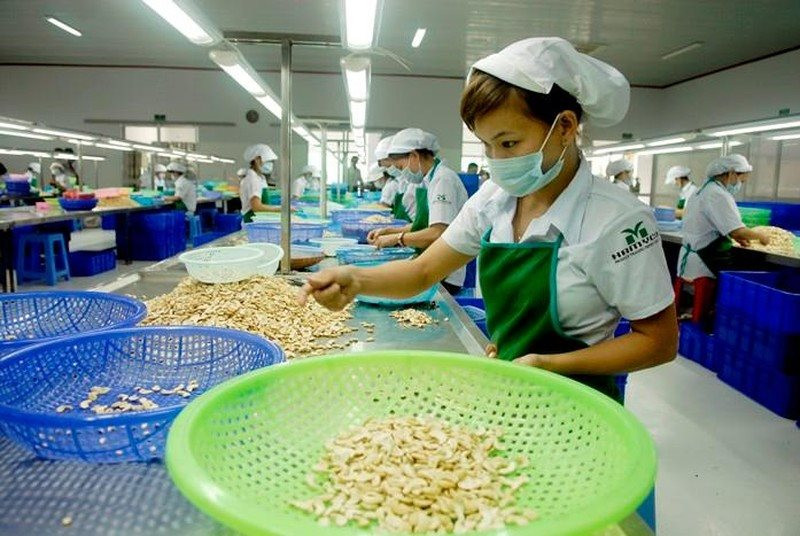
Having been living and working in Vietnam for years, Marko Walde, chief representative of the Delegation of German Industry and Commerce in Vietnam (AHK Vietnam), sees that the country boasts great potential for European investors and businesses in general, especially those from Germany, in addition to positive impacts from the EU-Vietnam Free Trade Agreement (EVFTA).
“In the coming time, AHK Vietnam continues organising business delegations, high-level conferences, seminars, German-Vietnamese business forums to boost direct dialogues, opportunities for exchange, experience sharing, and technology transfer for enterprises of the two countries,” Walde said. “Governmental and ministerial projects are also carried out to support businesses to access information on Vietnamese investment and business environment as well as to improve the capacity of local businesses for their long-term cooperation with German and European firms, especially for those in the industries of high technology, renewable energy, medical and healthcare, agricultural production, and food processing.”
In the recently published AHK World Business Outlook 2022, 73% of surveyed German companies said that the implementation of the EVFTA, which came into effect on August 1, 2020, has increased their competitiveness in Vietnam.
“The agreement, along with the Comprehensive and Progressive Agreement for Trans-Pacific Partnership, is considered as a new generation FTA with a high level of trade and investment liberalisation, thereby promoting breakthrough growth in the trade relations of the two countries,” Walde said. “The EVFTA eliminates more than 99% of tariffs for goods traded between the European Union and Vietnam. Furthermore, the EVFTA shows a strong commitment to many other areas such as technical barriers, public procurement market, sanitary and phytosanitary, intellectual property, and competition.”
These contribute to establishing standards and principles to facilitate trade activities as well as create favourable conditions for German and Vietnamese businesses to efficiently access each other’s markets, Walde said.
A major leverage
Early this week, Bernd Lange, the chairman of the European Parliament’s Committee on International Trade, concluded his fourth visit to Vietnam, partly aiming to supervise the country’s deployment of the EVFTA, among many other issues.
“We expect that the EVFTA will continue creating big opportunities for the EU and Vietnam to further increase their trade and investment cooperation,” Lange said. “In fact, the EVFTA has had positive effects on both sides, especially on the recoveries in post-pandemic conditions,” Lange said.
Statistics from the Vietnamese Ministry of Planning and Investment showed that the EU is now one of the most important sources of foreign direct investment (FDI) for Vietnam. As of August 20, 2022, EU investors have registered as much as 25.8 billion USD across nearly 2,250 projects. The most recently-licensed project Denmark’s LEGO Group investment of more than 1 billion USD in Binh Duong Province in the south for a carbon-neutral factory, which will be Lego’s sixth manufacturing site globally and its second in Asia.
“With an average per capita income of 2,715 USD, Vietnam is now a lower-middle-income country. It starts constituting an important market of 100 million inhabitants that have increased the purchasing power to afford European quality products,” said the Delegation of the European Union to Vietnam. “At this moment, the main EU products exported to Vietnam include boilers, machinery and mechanical products, electrical machinery and equipment, pharmaceutical products, aircraft, and a yet very limited number of motor vehicles. European food and beverages as well as high-value luxury products also are increasingly important trade items. Vietnam’s main exports to the EU are telephone sets, electronic products, footwear, textiles and clothing, coffee, rice, seafood, and furniture.”
According to Vietnam’s General Department of Vietnam Customs, in the first eight months of this year, total export-import turnover between Vietnam and the EU reached 42.2 billion USD, up from the 36.87 billion USD reaped in the corresponding period last year.
Vietnam’s export turnover hit 31.9 billion USD – up 23.6% year on year, while the country’s import value stood 10.3 billion USD – down 6.9% year on year.
Both sides’ trade turnover sat at 56.45 billion USD in 2019 (including Vietnam’s exports and imports of 41.5 and 14.95 billion USD, respectively). Nevertheless, last year the health crisis affected their bilateral trade, with trade reduced to 50 billion USD (including Vietnam’s exports and imports of 35.1 and 14.9 billion USD, respectively).
The situation became brighter in 2021, when the bilateral trade turnover hit 63.6 billion USD, including Vietnam’s exports and imports of 45.8 and 17.9 billion USD – up 14.2 and 16.5% year on year, respectively.
Positive prospects
Two months ago, European Union Commissioner for Agriculture Janusz Wojciechowski visited Vietnam to swell trade in the agriculture within EVFTA commitments.
“I am particularly encouraged by the progress of our FTA: between 2020 and 2021, EU-Vietnam agri-food trade overcame the challenges of COVID to grow by 9%, reaching 3.5 billion euros (3.57 billion USD) in total. These figures climb even higher if we also consider fishery and forestry products, both of which have particular prominence in Vietnam’s exports,” Wojciechowski said. “As a result of the EVFTA, EU citizens enjoy increased access to Vietnamese tea and coffee, along with an impressive range of nuts, spices, and tropical fruits. Some of these products are protected as “Geographical Indications” (GIs) via the EVFTA, such as Bao Lam seedless persimmon and Luc Ngan lychee. Thanks to the EVFTA, agri-food trade between the EU and Vietnam is estimated to grow further in 2022.”
According to the guide to the EU-Vietnam Free Trade Agreement, as a result of the EVFTA, farmers and businesses producing with traditional methods kinds of food and drinks protected by 169 European GIs will benefit from the recognition and protection on the Vietnamese market at a comparable level to that of EU legislation.
This means that the use of GIs such as Champagne, Feta, Parmigiano Reggiano, Rioja,
Roquefort or Scotch Whisky will be reserved in Vietnam for products imported from the European regions in which they originate. This protection will be assured on
the Vietnamese market through appropriate administrative sanctions, including upon request of an interested party, and will be applied once the EVFTA enters into force.
“I am glad to say that the relationship between Vietnam and the European Union is strong and growing stronger,” Wojciechowski stressed. “The pillars of our partnership can be found in our bilateral agreements – including the EU-Vietnam Framework Agreement on Partnership and Cooperation and the EVFTA. These pillars will soon be reinforced by the EU-Vietnam Investment Protection Agreement (EVIPA), once it is ratified by all EU member states.”
Currently the EVIPA has been ratified by only 12 EU member states.
Under its commitments, the EVFTA allows EU companies to bid for Vietnamese public contracts. Specifically, this agreement will allow EU companies to bid for public contracts with, inter alia, Vietnamese ministries, including for infrastructure such as roads and ports, important state-owned enterprises such as the power distribution company and the nationwide railway operator, public hospitals and the two biggest Vietnamese cities, Hanoi and Ho Chi Minh City.
In addition, the EVFTA also creates a level playing field for EU companies and innovative products. With the disciplines agreed on state owned enterprises (SOEs) and subsidies, the EVFTA will level the playing field between SOEs and private enterprises when SOEs are engaged in commercial activities. There will also be rules on transparency and consultations on domestic subsidies. These are the most ambitious disciplines that Vietnam has ever agreed to.
“The EVFTA offers more opportunities for companies on both sides. European and German companies can enjoy protection of investments with trade facilitations and increase investments in Vietnam. This will happen through removing tariffs, reducing regulatory barriers and overlapping red tape, ensuring protection of geographical indications, opening up services and public procurement markets and making sure the agreed rules are enforceable,” said Walde of the AHK. “New market access opportunities across a range of sectors will be also created thanks to the EVFTA. Overall, the mere fact that Vietnam closed this comprehensive, next-generation FTA is inspiring a lot of confidence amongst investors.”


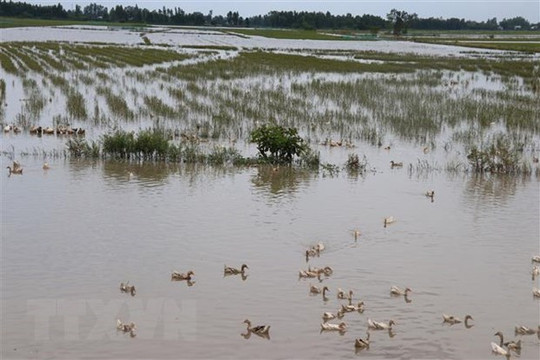
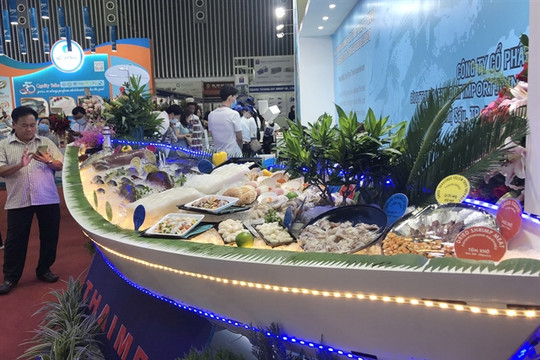

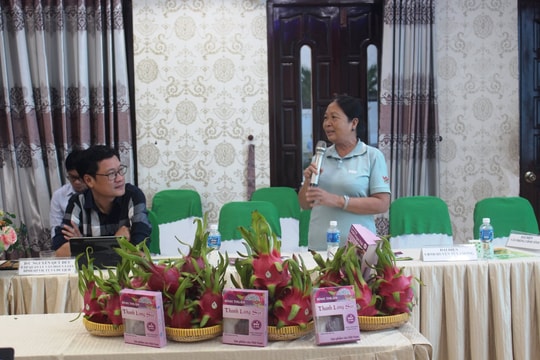

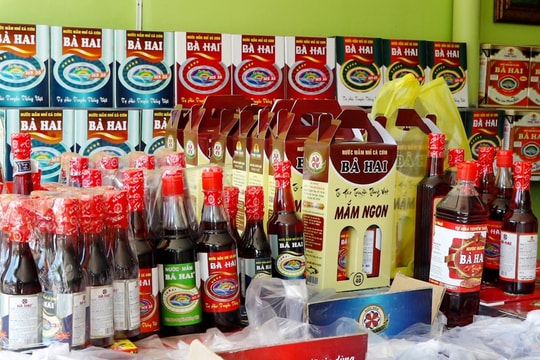








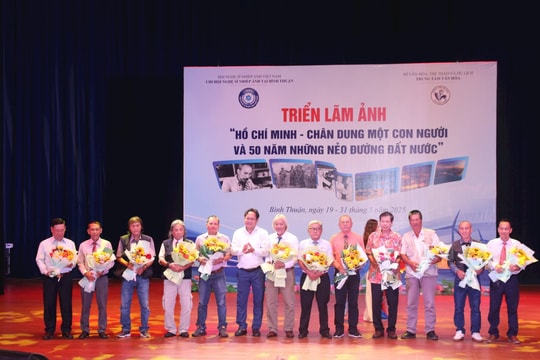






.jpg)




.jpeg)

.jpeg)


.jpeg)


